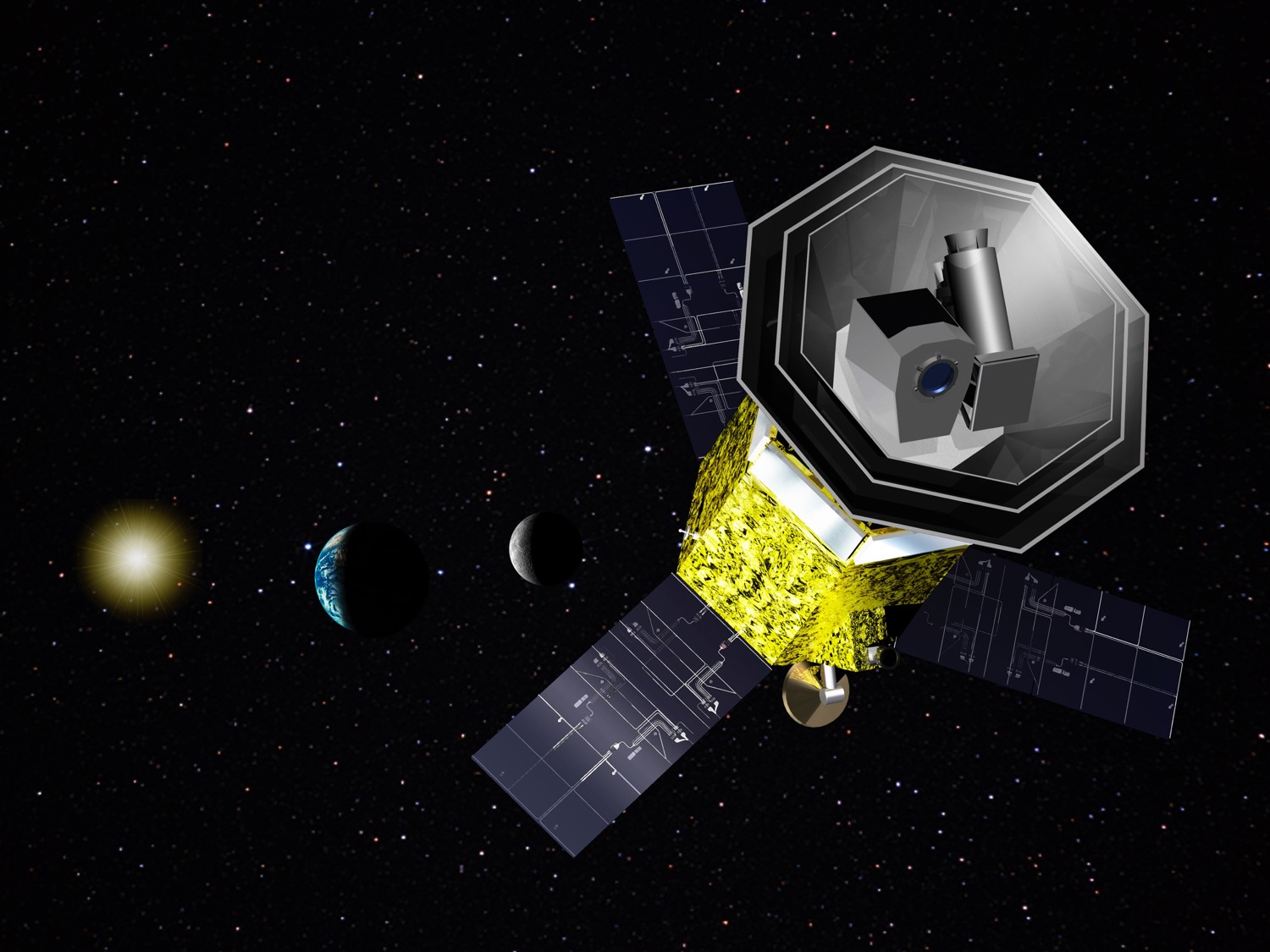Research
Cosmic Microwave Background
Cosmic Microwave Background (CMB) is the oldest light in the universe. The light was made 380 000 years past the birth of the universe by Big Bang. It happened at the very beginning of the 13.8 billion-year-old universe. CMB, also referred as the fossil light, contains a large amount of information on the beginning of the universe. CMB is polarized, and by studying the polarization pattern in detail, we can measure the scale of the primordial gravitational waves made at the inflation, the rapid expansion of the universe, before the Big Bang. If we can measure the magnitude of the primitive gravitational waves, we can investigate the cause of the accelerated expansion and even approach the physics of a trillion times larger energy scale than that of LHC. To explore that energy scale may lead us to verify the grand unified theory considered as a working force to unite electromagnetic, weak and strong forces. In our laboratory, we promote LiteBIRD to measure the gravitational waves. LiteBIRD is a scientific satellite mission underway by international organizations including about one hundred researches from Japan, the US, Canada, and Europe countries. With about 4,000 superconducting detectors onboard, we aim to measure the CMB polarization at the ultimate sensitivity.

A science mission to detect CMB polarization, LiteBIRD satellite.
Development of Superconducting Detectors
For the precise measurement of the CMB polarization, we need highly sensitive detectors. Furthermore we must catch millimeter waves, kind of radio waves. Only superconducting detectors are capable. We develop superconducting detectors. Superconducting detectors are the most sensitive detectors exist in the world. This is due to the use of unique properties of superconductivity. In our lab, we utilize these properties to develop detectors not only for the CMB observation but also for dark matter searches, ultimate large-area X-ray camera and its application to radiation science. We promote the R&D foreseeing new science frontier.

Superconducting detector experiment at Okayama University.
Supernova Neutrino Monitor at Super Kamiokande
I participate in supernova neutrino monitoring at Super Kamiokande, by developing a method to calculate the direction of the supernova using only the neutrino information immediately after supernova and sending the information to the world. Supernovae are the creators of the elements constructing ourselves. How do these explosions happen? We have yet to know its mechanism. This is because most of the observed supernovae are by electromagnetic waves such as visible light, and electromagnetic waves can only observe the surface of the explosion. Neutrinos, because they interact so little with matter, come directly towards us from the center of the explosion. This means if we check the neutrino signals in detail, we will be able to see the inside of supernova. Also neutrinos are emitted before light, so by catching supernova with neutrinos we can notify the world and optical observation from the first light may be possible. Super Kamiokande is the largest detector, so has the highest sensitivity to supernovae. Our group is developing a system to first discover neutrino burst from supernova and quickly announce it to the world. Our journal paper has been published.